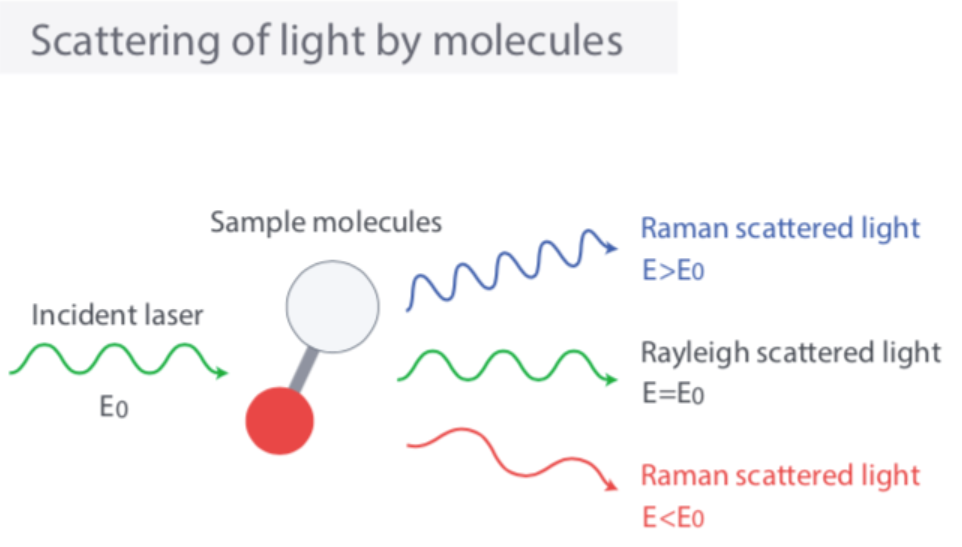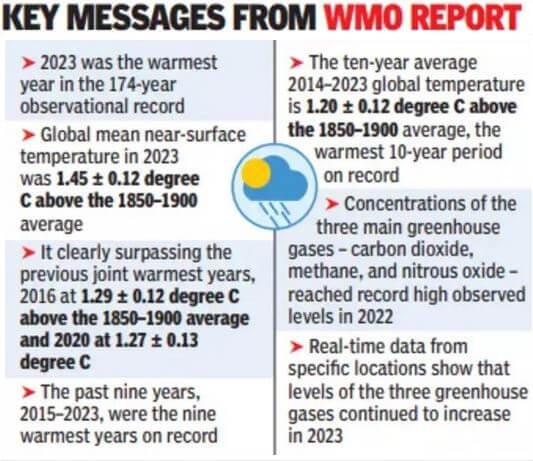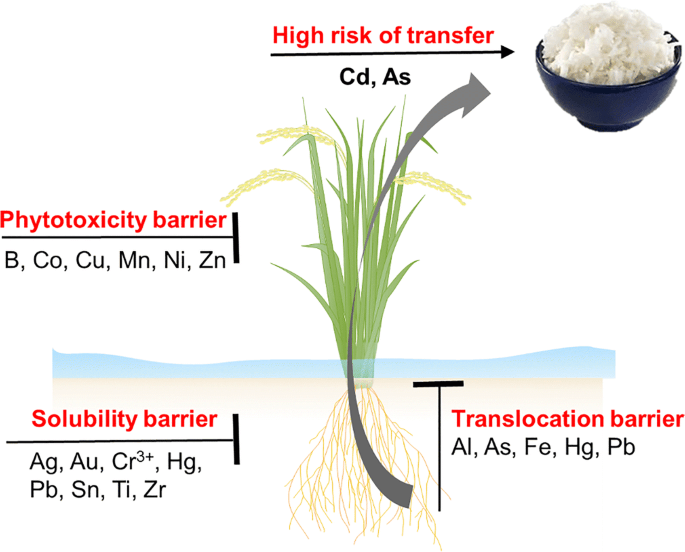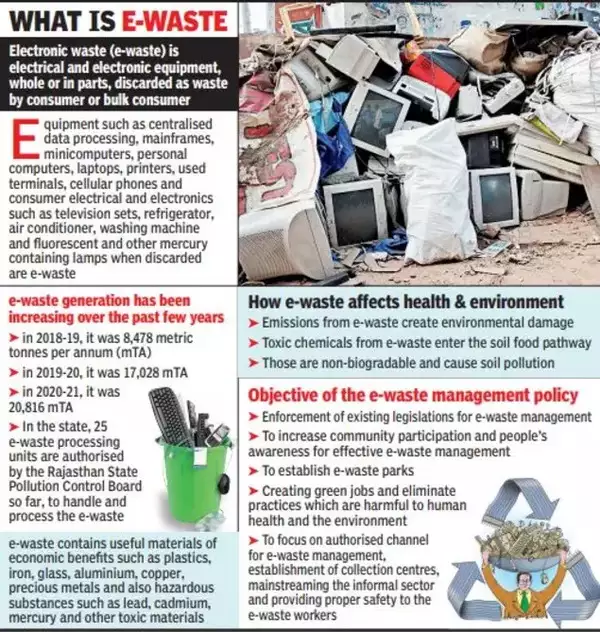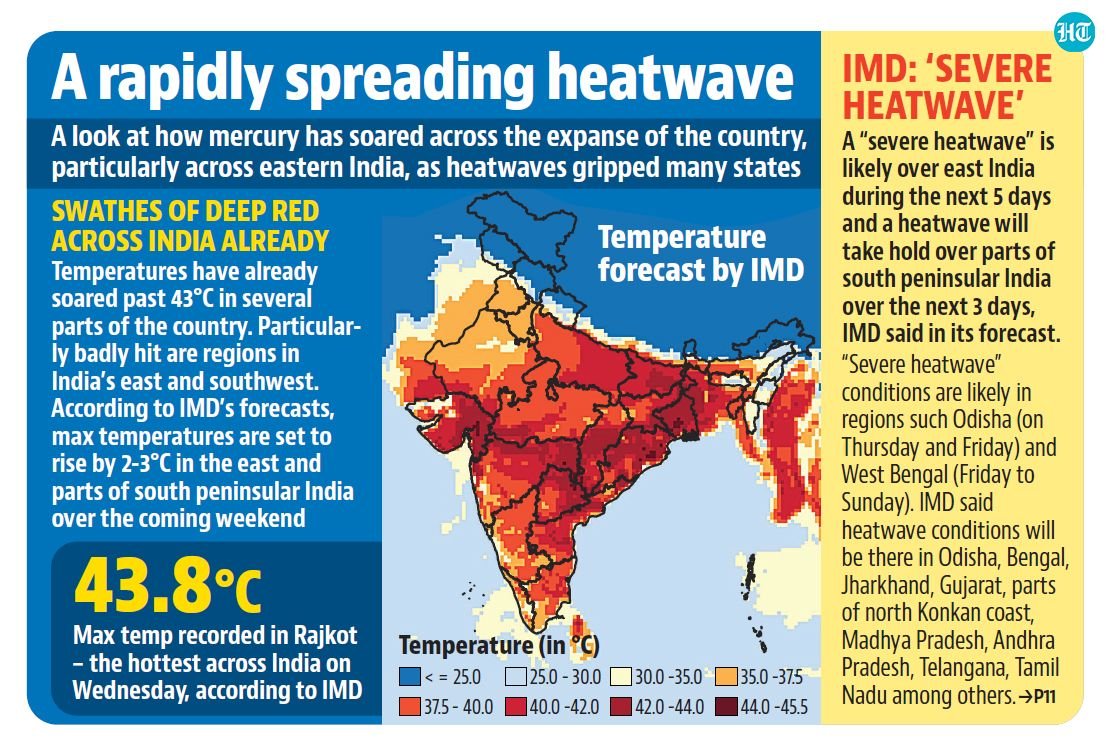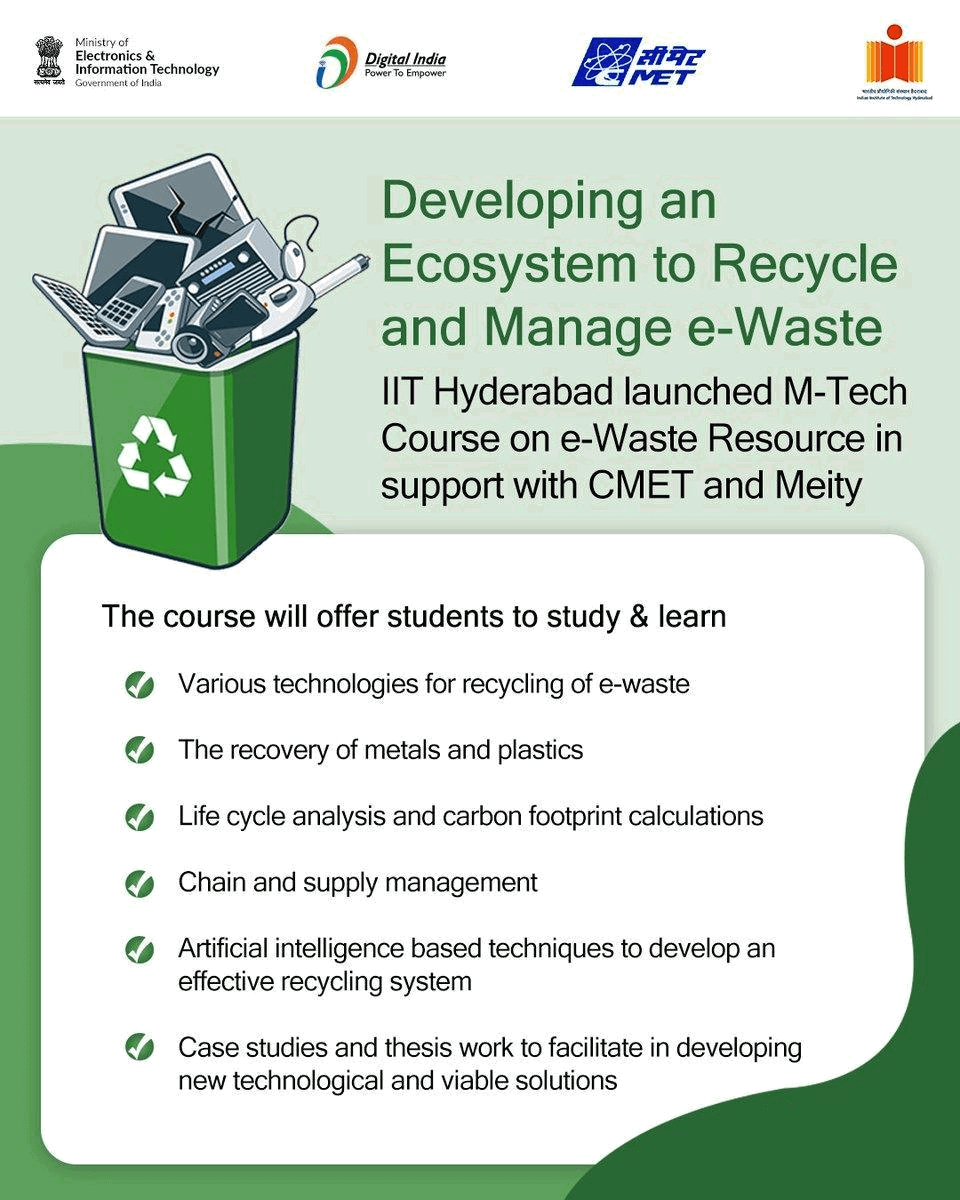
Micro and nano-plastics in bottled water
Subscribers of "Current Affairs" course can Download Daily Current Affairs in PDF/DOC
Subscribe to Never Miss an Important Update! Assured Discounts on New Products!
Must Join PMF IAS Telegram Channel & PMF IAS History Telegram Channel
- Context (TH): A recent study has found that a litre of bottled water may contain over one lakh particles of micro– and nano-plastics. Of these particles, 90% are identified as nano-plastics.
- Nano plastics are hard to analyse because of their tiny size, making it challenging for diagnostic techniques.
- The researchers used a specialised hyperspectral stimulated Raman scattering (SRS) imaging platform in their experiment.
- SRS microscopy uses the Raman effect, a.k.a. Raman scattering.
- This platform captured various images of an object’s molecules at different wavelengths, offering a detailed picture for understanding its composition.
- Along with SRS imaging, an automated algorithm devised by the team was used to identify plastics.
- The algorithm extracted detailed information, i.e. at the single-particle level, about the chemical makeup from the data produced by the SRS platform.
- Plastics in bottled water are of the following types: polyamide 66, polypropylene (PP), polyethylene, polymethyl methacrylate, polyvinyl chloride (PVC), polystyrene, and polyethylene terephthalate (PET).





![PMF IAS Environment for UPSC 2022-23 [paperback] PMF IAS [Nov 30, 2021]…](https://pmfias.b-cdn.net/wp-content/uploads/2024/04/pmfiasenvironmentforupsc2022-23paperbackpmfiasnov302021.jpg)
